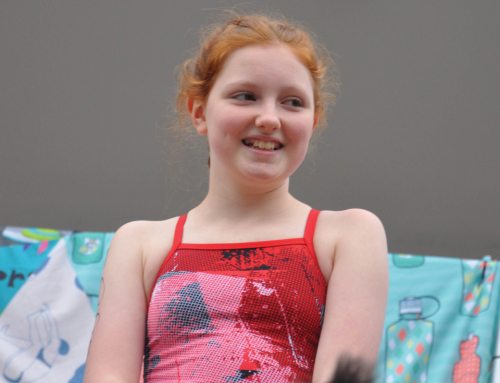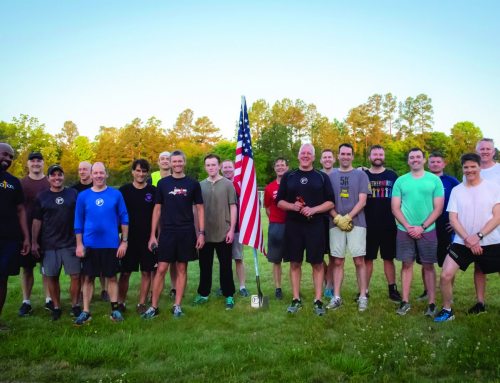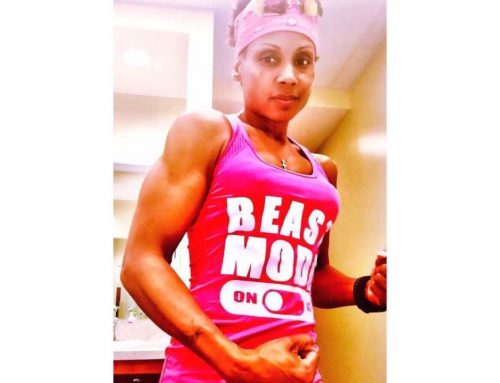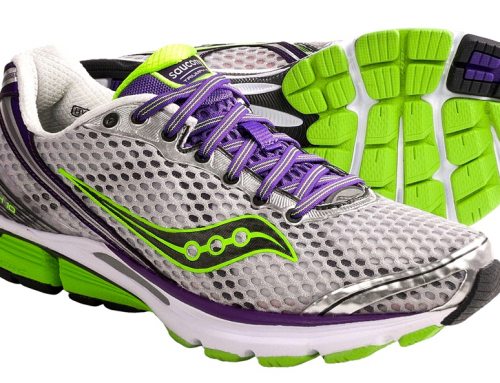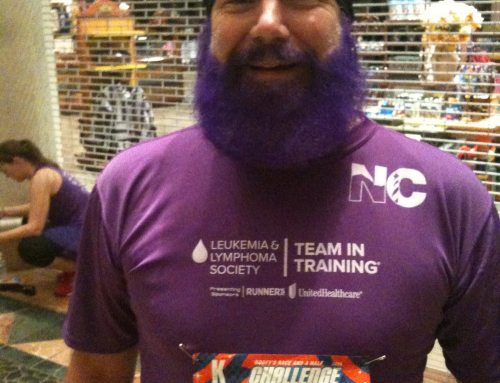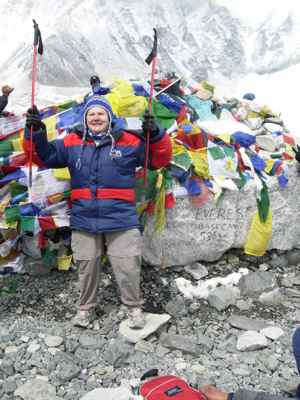
How to Become a Lifelong Athlete and Pursue an Epic Climbing Adventure
By Greg McElveen, MS, MBA, CSCS
Jan Croft is a caring person, so 18 years ago, when her mother suffered a stroke and needed someone to provide and care for her, Jan left her professional position and moved back to her small hometown. It was a challenge, and required a career change with endless hours of work.
One day, Jan had a moment of truth: She realized that climbing three stairs was her physical limit. Jan set her mind to getting healthy, sought out the expertise she needed, and started training (along the way burning off 40 percent of her body weight). Then, to close that chapter of her life and begin a new one, she went to Mount Everest to trek in the Himalayas.
Next came her cancer diagnosis.
Again, Jan set her mind to getting healthy and sought out the expertise she needed. Her oncologist told her, “Get out there and do everything you can; the more you do, the better you’ll feel.” Jan took his advice, joyfully, and regained her health. It was then that Jan brought me into her life, as her exercise physiologist. To close the cancer chapter of her life, and mark a new beginning, Jan returned to Mount Everest, this time going farther and higher.
Fast forward. Sixteen years after her first Everest expedition and three years after her second trek, as Jan anticipated her 70th birthday (last fall) she set her mind to confronting aging head-on by trekking Everest again. But she encountered orthopedic issues. Once again, Jan set her mind to the challenge.
She and I worked with a sports medicine physician and physical therapist, meanwhile continuing Jan’s training as best she could. Jan was determined to be on Mount Everest on her birthday, and yet orthopedic challenges require care and time to resolve. While her spirit was strong, her body needed more time. I had to talk her out of being on Everest on her 70th birthday and considering how determined Jan was, that required every ounce of my persuasive ability.
With the combination of medical care, physical therapy and appropriate exercise training, Jan’s orthopedic problem resolved! Jan established April 26, 2011, as the day she would reach 18,196 feet and Mount Everest’s base camp. I designed an 18-week training program, Jan set her mind to it, we collected physiologic baseline data and got to work.
The Challenge:
One-hundred-eleven rocky, rugged, strenuous miles, some of which included 6 inches of snow, carrying a backpack, and ascending 9,666 feet in cold, arid conditions across 13 days (eight days ascending, five days descending), the longest single hike being eight hours on the day she reached the Mount Everest base camp.
Add to the 111 miles the challenge of altitude physiology. Jan resides in Durham, N.C., altitude 394 feet. For most individuals, altitude’s effects appear at 5,000 feet. Elevations of 7,575 feet or greater initiate rapid physiologic adjustments to compensate for there being less oxygen per unit of air and reduced oxygen pressure at the lung/blood interface. The body compensates by increasing heart rate so as to increase blood flow and deliver adequate oxygen. This occurs both at rest and with submaximal exercise. Jan’s quest began at 8,530 feet. Elevations of greater than 10,000 feet are considered “high altitude” and cause blood hemoglobin oxygenation to dramatically reduce, negatively affecting even mild-intensity aerobic activities. As mentioned, Jan would be climbing to 18,196 feet.
An additional challenge is presented by the arid, cool environment. Ambient air in Nepalese mountainous regions is dry and cool, allowing considerable body water to evaporate as inspired air becomes warmed and moistened in the respiratory passages. This fluid loss often leads to moderate dehydration and accompanying dryness of the lips, mouth and throat. Fluid loss becomes pronounced for physically active people because of their large daily total sweat loss and exercise-increased pulmonary ventilation.
“I felt like I was on top of the world! Anything about my health or life that was not happy was gone! I was starting over at age 70. I had such a feeling of relief, a feeling that all was well and that I was going to be able to help others achieve their goals to become healthier by eating healthily and exercising,” she says.
“I remembered thankfully my ‘team’ back in Durham – Greg McElveen for his knowledge and encouragement, without which, I know in my heart, I would not have made it; Dr. Jeff Bytomski and Ann Marie Husk at Duke Sports Medicine for getting me past my orthopedic issue; Dr. Leonard Prosnitz at Duke Oncology; Dr. Rosati and Kitty Rosati, directors of the Rice Diet Program, for the health and happiness that they have brought me by teaching me how to eat healthily; and Walt and Gwen Cleary of 9th Street Active Feet.”
For those who may be facing similar challenges, Jan offers this. “When I set a goal, I say that I am going to overcome and I don’t let anything get in my way of eating healthily and exercising.”
Jan would like to gratefully acknowledge the following individuals and institutions:
Leonard Prosnitz; MD; Radiation Oncology, Duke University Medical Center, Durham, N.C.
Greg McElveen, MS, MBA CSCS; Duke Sports Performance Program, Durham, N.C.
Jeff Bytomski, DO; Duke Sports Medicine Center, Durham, N.C.
Ann Marie Husk, PT, SCS, LAT, ATC, CSCS; Duke Sports Medicine Physical Therapy, Durham, N.C.
Rice Diet Program, Durham, N.C.
9th Street Active Feet, Durham, N.C.
# # #
Greg McElveen, MS, MBA, CSCS, directs the Duke Sports Performance Program where he works with athletes at all levels, novices to pros, and teaches doctoral candidates in the Duke Graduate School. He can be reached at greg.mcelveen@duke.edu or 919-681-4184.


